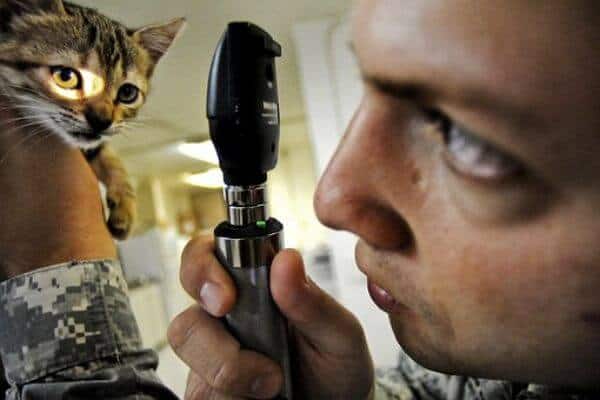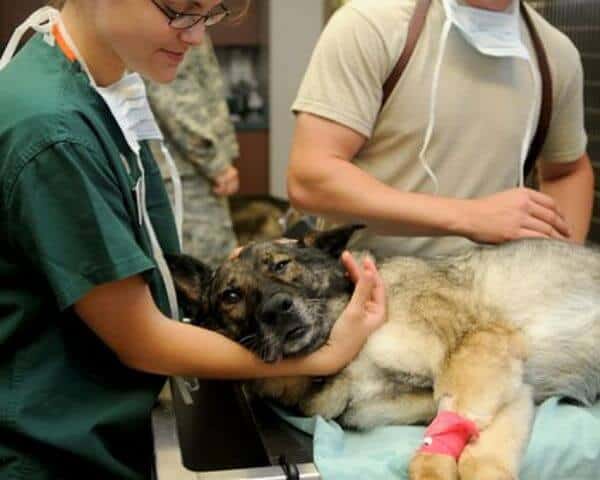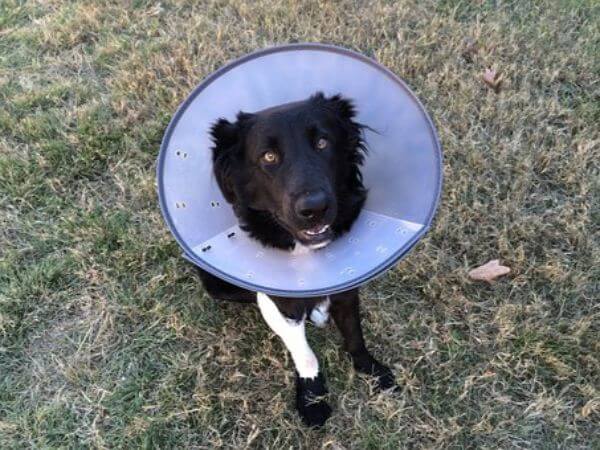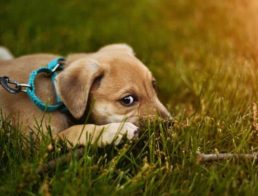You might not dream of going without health insurance for yourself; in fact, in many cases, it’s the law that people maintain some sort of health insurance to cover preventative care as well as to limit their liability if they were to get seriously ill or injured. Only a tiny fraction of cats and dogs have pet insurance, however. Since a surgery or chemo for a pet could cost thousands of dollars, pet insurance is worth looking into as a product designed to help you care for your pet should a major illness or injury occur.
Find the Cheapest Pet Insurance Quotes in Your Area
Pet health insurance comes with a mouthful of vocabulary that you probably recognize from your own health insurance policy, including premiums, deductibles, tiers, and copays. Just like health insurance for humans, health insurance for pets also has limitations on what it will and will not cover. It is important for pet owners to understand what is – and is not – covered by their insurance plans so they are prepared if Fido or Fluffy gets sick or hurt.
Preventative Care: Vaccinations, Checkups, and Heartworm

Taking your dog or cat to the veterinarian each year for a checkup, any necessary vaccinations, and a refill on his or her heartworm and flea and tick medication is necessary for good health, but unfortunately it probably won’t be covered by your pet insurance. Most insurance policies do not cover wellness services and they assume that you will be covering the cost of the expenses that come up every year for all healthy animals.
Now, this isn’t always the case: You can purchase a plan with wellness benefits added in. Just be sure that if you do want these routine matters covered, you look for a policy that specifically mentions them. There are plenty of plans available that will cover puppy vaccines, annual booster shots, dental care and cleanings, and monthly preventative medications; you just need to look for them.
Illnesses: New and Pre-Existing Conditions

Most pet insurance policies cover new illnesses. This means that if your pet develops a condition after you purchase the insurance, it should be covered (with some exceptions, which we will get to in a moment).
If your pet already has a health condition (in insurance lingo, this is known as a “pre-existing condition”), such as a congenital disorder or hereditary health condition, there is a good chance it will not be covered. For example, if your cat has kidney problems that were present before you purchased pet insurance, then it is likely that any continuing treatments or other medical expenses related to your cat’s kidney issues will not be covered. In some cases, if a pre-existing condition was treated and no longer an issue but then it returns, it might be covered. If your pet has (or had) a health issue, it is important to find out whether the issue will be treated even if it clears up and recurs.
Keep in mind that a pre-existing condition doesn’t mean that you can’t get insurance for your pet. Pre-existing conditions only impact coverage for treatments and expenses related to that specific health condition.
One exception to the “most pet insurance policies cover new illnesses” rule of thumb is when it comes to breed-specific conditions. If you have, for example, a purebred Doberman Pinscher, von Willebrand’s disease might not be covered. That is because the condition is most likely to affect that particular breed. Owners who have purebred pets might want to find out whether any specific diseases are excluded.
Accidents and Injuries

Just about all pet insurance policies will cover accidents and injuries. In fact, there are even some policies that cover only accidents and injuries. Keeping in mind that pre-existing conditions are rarely covered, you can generally assume that if your dog breaks his leg or suffers a laceration, the vet bill will be covered (up to the allowances of your plan).
Additional Riders and Exclusions

In addition to the basic three types of visits that might or might not be covered (preventative, illness, and injury/accident), there are some other riders and exclusions that you should consider.
First, if your pet is very young or very old, he or she might not be insurable or might only be eligible for accident insurance. Very young puppies and kittens often need to wait until they are between 6 and 10 weeks old before they can enroll. Older dogs and cats might no longer be eligible for illness coverage simply because they are at a much higher risk of developing illnesses as they reach their senior years and beyond.
If your pet has a family history of a hereditary or congenital disease, he or she might not be eligible for a policy or the policy might not cover treatment should that disease develop.
Pet insurance policies do not cover liability. Think of it as a health insurance for pets, not as a policy that will minimize your responsibility in the case of a dog bite. You would need a rider on your homeowners’ or renters’ insurance if you want dog bites or other pet-related liabilities covered.
Understanding Your Payment Obligations

It is important to understand that even if a procedure or treatment is covered, it is most likely not going to be covered at 100 percent. Just like human health insurance, pet health insurance comes with deductibles, copays, coinsurance, and sometimes annual or lifetime maximums. Here is a brief explanation of all of these terms, in case you are unfamiliar:
- Deductible: A deductible is the amount you need to pay before the pet insurance pays anything at all. For example, if your pet’s surgery is $1,000 and your deductible is $200, you would need to pay the $200 before the insurance company will begin to cover the rest of the $800.
- Copay: This is a set dollar amount you need to pay for a specific procedure. If your copay for a teeth cleaning is $50, then you will pay that and the pet insurance will cover the rest (usually up to a certain amount).
- Coinsurance: This is when you pay a percentage of the cost of a procedure. If your coinsurance for a surgery is 25 percent and the surgery is $2,000, then you will pay $500.
- Maximum Benefit: Some policies will set an annual or a lifetime maximum amount of money that they will pay out, known as a cap, benefit limit, or maximum benefit. If the yearly maximum is $3,000, then once you hit that amount, they will not pay anything else until the next year.
Of course, the first consideration for many pet parents considering pet insurance is the premium, which is the amount paid monthly or annually for insurance coverage. Keep in mind, however, that a higher-premium plan may save you more in the long run thanks to lower deductibles or higher lifetime or annual maximum benefits.
While pet parents will still be responsible for paying a copay or a portion of the total bill, depending on the policy, pet insurance is a smart investment that can save you thousands of dollars throughout your pet’s life.
Questions You Should Ask

Before signing up for pet insurance, you should ask some questions so you understand what is and is not covered. Here are some ideas for questions to seek answers to. You can usually find most of these on the company’s website, but if you can’t find something, there is usually a phone number to call.
- Does this policy cover illnesses? What about preventative care?
- What is the pre-existing condition policy?
- What is the deductible? Is there an annual maximum?
- Can I see a list of coinsurance amounts as well as copays for specific procedures?
- Are there any breed-specific or hereditary conditions that the policy will not cover?
- How much will the premiums be? Will they go up as my pet ages?
The best way to understand exactly what your pet insurance policy will cover is to request a free quote from one or more reputable pet insurance companies. Then you can compare the various policies and choose the one that makes sense for your situation and your pet.
What’s the Best Pet Insurance?
Wondering which company offers the best insurance for your pet? We’ve reviewed a range of the best pet insurance companies and have compiled a list of our top picks in various categories.
View our full list of The 5 Best Pet Insurance Companies.
Pet Insurance Reviews
See each of our in-depth reviews of all pet insurance companies below:






















